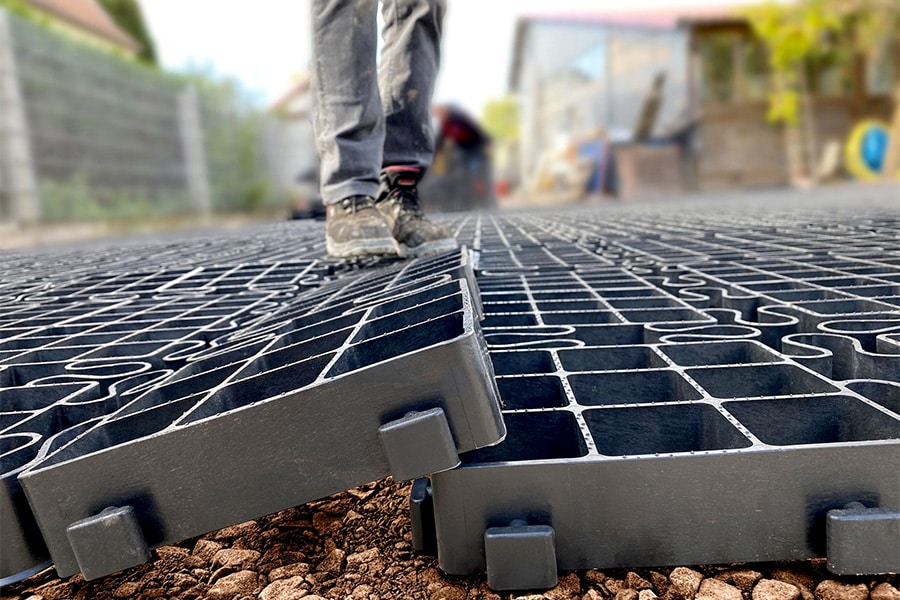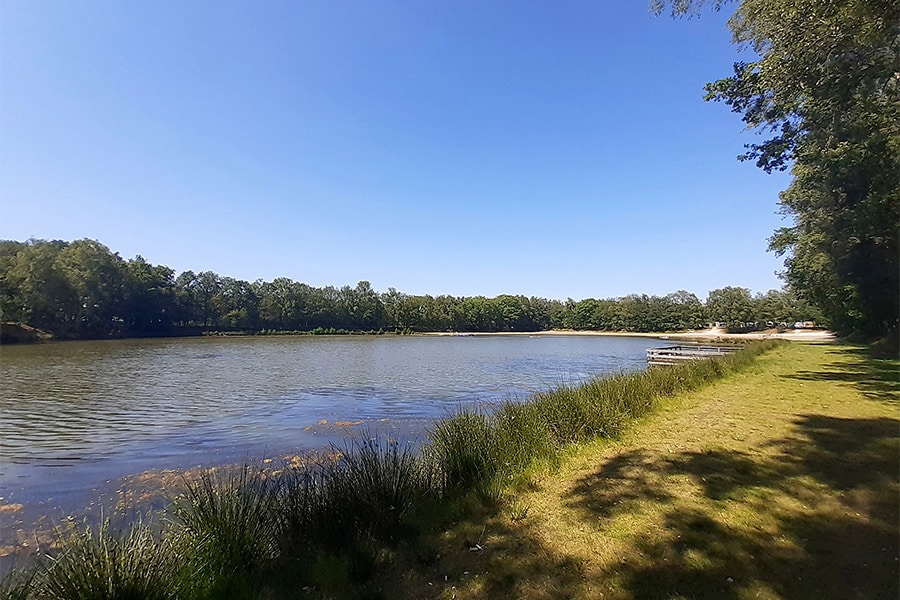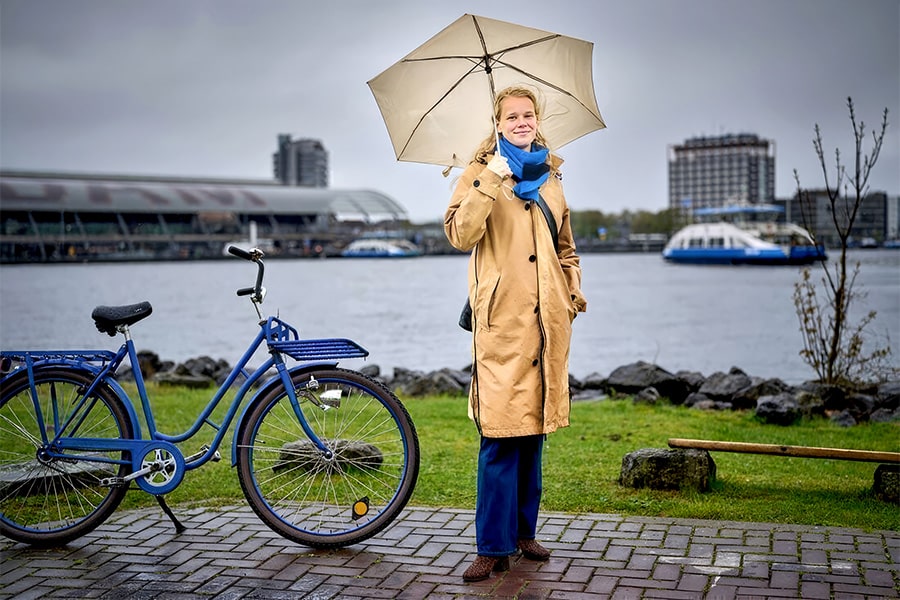
Iconic floating jetty on Oosterdok Island
Since 2017, on Amsterdam's Oosterdokseiland near Amsterdam Central Station, there has been a floating walking jetty. An image-defining prestige object, which allowed the recreational area on this water to be expanded.
"After a preselection in 2015, we were invited by the City of Amsterdam to tender for the work Jetty Oosterdok (jetty: English for pier)," says Herke de Groot. He is director of De Boer & De Groot Civil Works, a Harlingen-based family business specializing in complex structural hydraulic engineering. "This was a UAV-gc work and involved the design and realization of a floating jetty with access bridges and high-quality design and materialization. The City of Amsterdam wanted to enlarge the recreational area at the new Oosterdok, creating new accommodation space. Because of water level differences, the jetty had to be able to float. We then provided a plan of action with a design created by ipv Delft. Well worth the investment, as it helped us win the tender!"

Close to Amsterdam Central Station.
Preserved wood
The design provides for a picture-perfect 310 m long and 7 m wide jetty consisting of a floating concrete container with a deck of Accoya wood planks. This is the first time that modified, thus sustainable softwood has been used for this in the Netherlands instead of hardwood. This type of wood was chosen to give the jetty a tough, maritime look, plus a very long lifespan (one of Accoya's unique properties). "Together with the design, this provided the distinguishing points in the tender," says tender manager Henk Dokter.
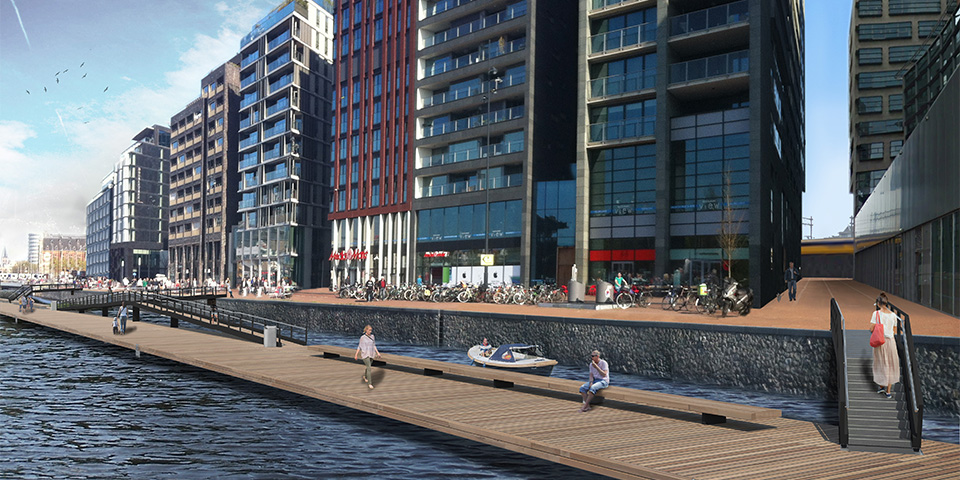
Artist impression
Invisible construction
There was also a requirement that as little of the substructure's structure as possible be visible. Dokter: "This led to the upside down installation of concrete containers (modules of 22 by 6 m) with an open underside and an EPS-filled core. Between the bins are 20 m long steel anchoring piles in the bottom and with the head below the deck. They provide coupling of the barges, but in such a way that they can move on the water levels." Four steel walkways connect the jetty to the Oosterdok Island. They are hinged to the quay, but loose on the jetty and so move with the water. Each footbridge connects to one of the radial streets on this island. In addition, the jetty has long benches composed of tubular steel supports topped with Accoya beams. Bollards in the purlins at the rear allow recreational boats to dock.
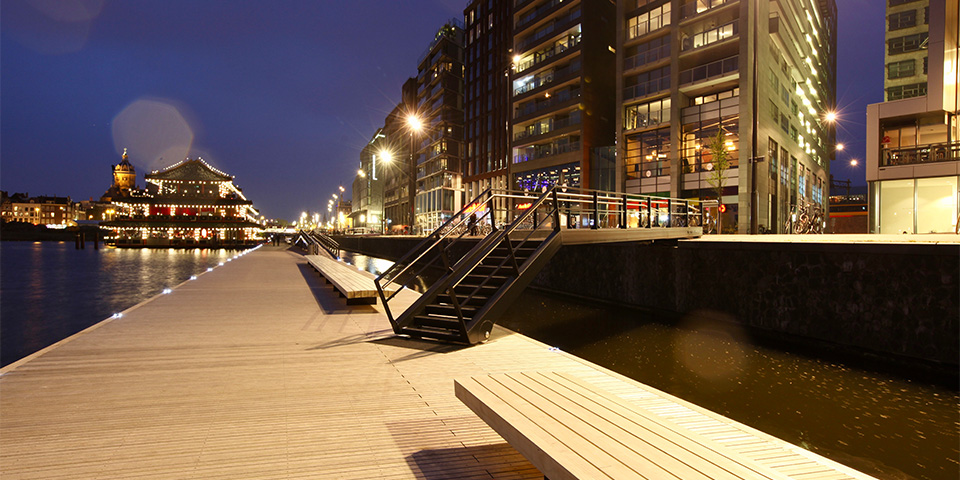
Floating jetty with wooden benches.
Moving Chinese restaurant
To realize the project, it also proved necessary to move Sea Palace, the Netherlands' largest floating Chinese restaurant, 80 m to a new permanent berth. De Groot: "To do this, divers laid an auxiliary frame around the 40 by 30 m barge on which the restaurant stands, lying almost on the bottom. Then the whole thing was moved by pulling winches. The four-story restaurant is now on the new jetty and can only be reached that way."
The design and clever construction of the scaffolding resulted in Henk Dokter receiving the 2017 Amsterdam Bokaal. An award for the person who distinguished himself from the market through good cooperation with the municipality. This brought the jetty to such prominence that a similar floating jetty was developed for project Cruquius in Amsterdam.

